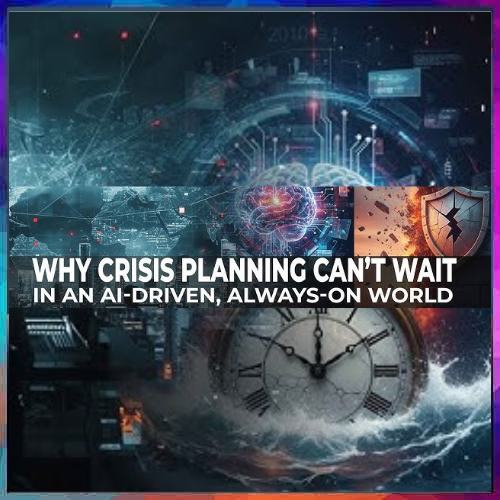Cloud adoption Trends
2017-02-09
It is an established fact that technology intervention has transformed the world in not one but multiple ways. A major contributor in this increasingly disruptive progress is the emergence of the cloud. Whether operations or customer relationships, the advent of cloud has indeed revolutionized the complete selling proposition. From prospect seeking to propensity recognition, today this virtual dimension of technology – cloud, is revamping the business processes in ways, unthinkable hitherto.
What do the numbers say?
This kind of steady yet exponential increase in cloud adoption has been steered by several innovations. Increased global connectivity, changing market dynamics along with greater awareness levels etc. have accelerated the rate of cloud adoption around the globe. As per some industrial reports, the global public cloud market will top $146 billion in 2017, up from just $87 billion in 2015 at a 22 percent compounded annual growth rate. In fact, the public cloud services in India are projected to grow at 30.4% this year, while overall IT spending in the country is expected to grow a mere 6%”, as reported by Gartner. Major statistics behind this projected growth will come from Amazon.com, Microsoft, Google and IBM, who have emerged as mega-cloud providers.
Constantly evolving computing capacity has fueled cloud adoption even further and as such, no single industry vertical has remained untouched by this wave of disruption. With cloud offering flexibility, infrastructure reliability and cost reduction, IT infrastructure spend will see a significant increase in the next 5 years. After all, majority of the companies have now realized that cloud migration holds the key to a world of limitless opportunities.
How has the industry been impacted?
The rapid evolution of cloud computing technology has made its impact felt across not only the industrial landscape, but also government departments. It is progressive and at the same time expansive in nature, embracing, as well as, leveraging other technological advancements, like data analytics, machine learning etc. The list of tangible and intangible impacts of cloud technology adoption is huge. After all, the industrial sector has not only adopted the new-age technology but also enabled an evolving technology engine of adaptive-development. Also, it will not be incorrect to say that plethora of development opportunities, R&D gateways etc. owe their inception to this cloud technology. A peek into couple of major industry-wide stirs caused by the advent of cloud technology:
Clubbing together data analytics and cloud technology, it is no more a tough job to forecast demand and identify opportunities.
It creates the business capacity which can be provisioned and de-provisioned in minutes, bolstering quality and productivity. Thus, it can be regarded as a catalyst for diminishing the demand-supply divide.
In terms of data safety, it provides storage and easy access irrespective of any machine mishap and that too, with almost nil-compromise probability when it comes to data security.
Multiple other benefits of cloud adoption such as auto-update of software, database control – irrespective of the access location, flexibility of scaling up etc. have indeed re-defined the way businesses are now run.
What does the future look like?
From luxury to necessity, 2016 saw cloud establish trends, which are set to continue and rapidly grow in the year 2017 and beyond. A quick peek into what the future could be like, if we progress on the cloud adoption trail as predicted:
Growth of Cloud Apps: Cloud-based app development will see a new high and their simultaneous amalgamation/ acceptance in the organizational platforms will not come as a surprise.
Increase in operational dependency on cloud: As per credible industry reports Cloud adoption will go up from below 50% to up to 60% in the foreseeable future thereby steadily increasing operational dependency.
Evolving Mobile: The adoption of both cloud and mobile computing depends on their relationship which is facilitated by the growing influence of IoT. The upsurge of Industry specific cloud, Container-as-a-Service (CaaS) and artificial intelligence etc. will further lead to the mobile-based usage of cloud services.
Finally,
Cloud adoption has indeed revamped the industry in totality and the new-age sales enablement practices have been instrumental in driving this trend. With industry taking cognizance of the fact that the future industrial landscape will be increasingly orchestrated by this technology, the rate of adoption will only grow. 2017 can very well be stated as the watershed year where cloud adoption will increase manifold, with companies availing its expertise and effectiveness.
Snehashish Bhattacharjee
Global CEO & Co-Founder, Denave
See What’s Next in Tech With the Fast Forward Newsletter
Tweets From @varindiamag
Nothing to see here - yet
When they Tweet, their Tweets will show up here.





























